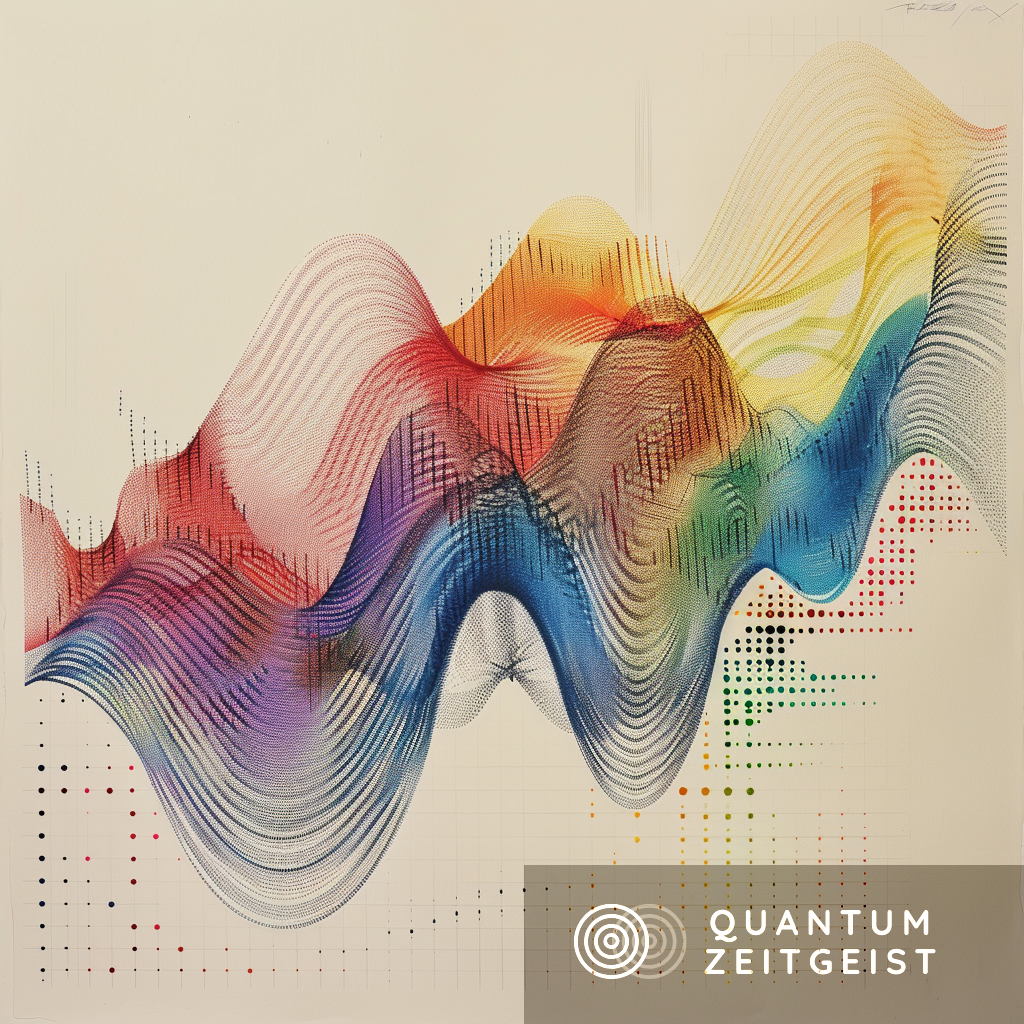The theory of quantum super impulses, developed by Christopher Jarzynski from the University of Maryland, explores the impact of a brief, strong perturbation on a wave function. The theory differentiates between ordinary impulses, which apply a phase onto the wave function, and super impulses, which deform the wave function under an invertible map. The paper also highlights a strong connection between quantum and classical super impulses. The theory could provide a new tool for manipulating quantum systems, such as Bose-Einstein condensates, and represents a novel asymptotically exact solution of the time-dependent Schrödinger equation.
What is the Theory of Quantum Super Impulses?
The theory of quantum super impulses, developed by Christopher Jarzynski from the University of Maryland, focuses on a quantum impulse, which is a brief but strong perturbation that produces a sudden change in a wave function. The theory distinguishes between ordinary and super impulses. An ordinary impulse applies a phase onto the wave function, while a super impulse, the main focus of the paper, deforms the wave function under an invertible map.
The theory uses tools from optimal mass transport theory and shortcuts to adiabaticity to design a super impulse that deforms a wave function under a desired map. The paper also points out a strong connection between quantum and classical super impulses, expressed in terms of the path-integral formulation of quantum mechanics. The results derived for evolution under the time-dependent Schrödinger equation also apply to the time-dependent Gross-Pitaevskii equation, making them relevant for the manipulation of Bose-Einstein condensates.
How Does Quantum Super Impulse Work?
In introductory classical mechanics, an impulse is a very strong force applied over a very short time, producing a finite momentum change. Quantum mechanics textbooks do not routinely discuss how such an impulse affects a wave function, but the answer is straightforward: the wave function acquires a phase. The paper discusses super impulses, whereby a very, very strong disturbance is applied over a very short time.
The distinction between ordinary and super impulses is that an ordinary impulse paints a phase onto the wave function, while a super impulse abruptly deforms the wave function. This deformation is described by an invertible map. For example, a super impulse might produce a sudden displacement or a sudden stretching or squeezing. The aim of the paper is to develop the theory of quantum super impulses and show how to design a super impulse that deforms a given initial wave function under a desired map.
What is the General Setting for Quantum Super Impulses?
The general setting considered in the paper involves a system governed by a Hamiltonian, which might describe a particle in a time-dependent potential or a collection of particles of mass m. The background potential proves to be irrelevant for the calculations. The impulse term generates a space and time-dependent force that is applied during an interval. As the impulse duration becomes infinitesimal and its strength diverges, the cases define ordinary and super impulses respectively.
The strength of a super impulse diverges more severely than that of an ordinary impulse, giving rise to the different responses. Under a super impulse, the distribution of the wave function is transported by the map, and the phase at a certain point simply carries over to another point. When referring to the sudden evolution, the paper says that the super impulse deforms the wave function under the map.
How Do Ordinary and Super Impulses Differ?
Ordinary and super impulses act on complementary features of a wave function. The former suddenly modifies the phase of the wave function without affecting the probability distribution. The latter suddenly modifies the probability distribution while leaving the phase unchanged.
Higher-order impulses seem to produce divergent behavior, though this issue deserves to be explored more fully. An impulse differs from a sudden quench, in which the Hamiltonian instantaneously changes from one operator to another. For an impulse, the before and after Hamiltonians are both given by a certain equation.
What is the Motivation for Studying Quantum Super Impulses?
The motivation for studying quantum super impulses is twofold. First, the equation representing a super impulse represents a novel asymptotically exact solution of the time-dependent Schrödinger equation. As the post-impulse wave function evolves, it remains close to the exact solution of the Schrödinger equation with the background Hamiltonian.
Second, the theory of quantum super impulses provides a new tool for the manipulation of quantum systems. By applying a super impulse, one can suddenly deform a wave function under a desired map. This could be useful in various contexts, such as the manipulation of Bose-Einstein condensates. The paper concludes by discussing hybrid impulses, in which ordinary and super impulses are applied simultaneously.
Publication details: “Theory of Quantum Super Impulses”
Publication Date: 2024-02-08
Authors: Christopher Jarzynski
Source: PRX Quantum 5, 010322
DOI: https://doi.org/10.1103/PRXQuantum.5.010322

